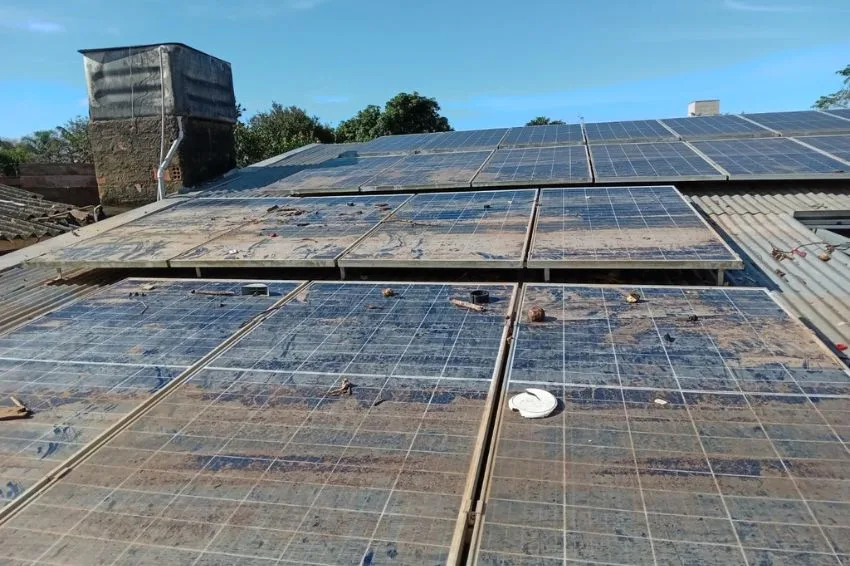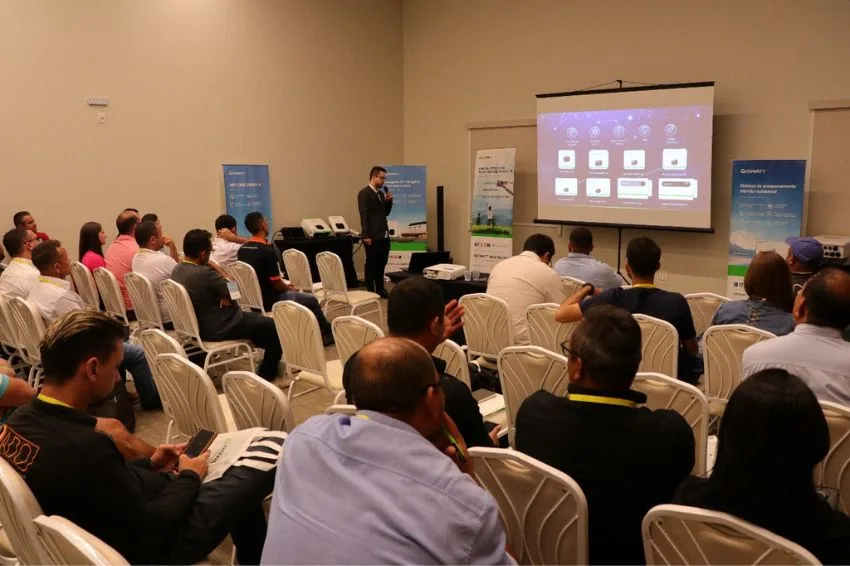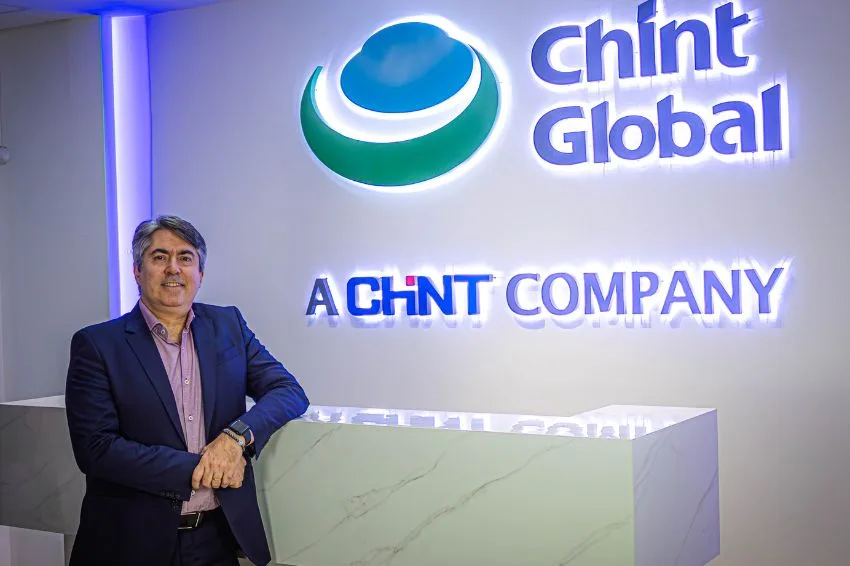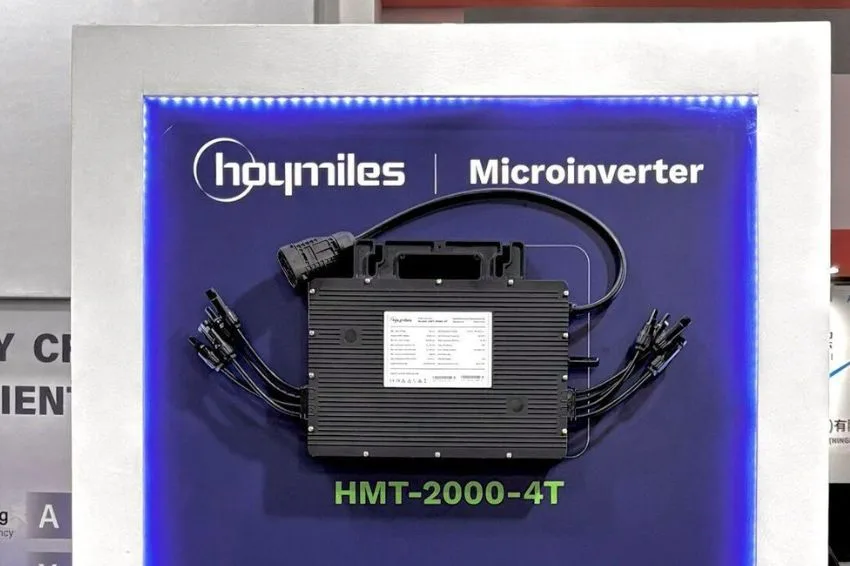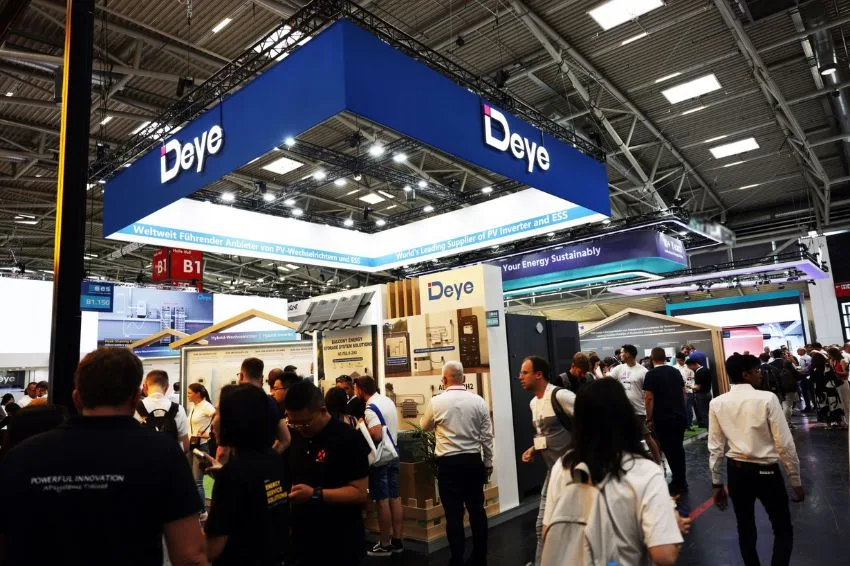O Sea freight of products from China to Brazil are more expensive. A expectation of the market is that the high is from U$ 500 to U$ 600 per week.
Sources heard by Solar Channel pointed out that There are several factors interacting for this increase, which directly impacts the components of photovoltaic systems.
According to them, the increase mainly impacts containers with photovoltaic modules, which have lower added value than containers with inverters.
The scenario that emerges from this is that the USA and Europe are paying more expensive shipping to receive products originating from China. Therefore, ships are turning their routes more towards these destinations than towards the East Coast of South America and, consequently, delaying product deliveries to the Brazilian market.
Furthermore, the time for goods to be delivered is longer, as there are fewer ships coming to this region and vessels are only dispatched when the load is complete.
There are also cases of blank sailings, which is when a communication is made about the cancellation of a ship's docking while calling at a certain port, partially or completely changing its route.
According to Roberto Caurim, CEO of the importer and distributor Bluesun Solar do Brasil, another factor highlighted for this increase is that the Wp (Watt-peak) value of the photovoltaic module fell in recent months in China, making transportation per module proportionally more expensive.
The businessman also adds that forecasts are that this scenario will continue, at least, until the end of the year. “This is a scenario that is not likely to change anytime soon. There is no forecast from shipowners that this value will fall, in other words, we are talking about remaining at least until the end of the year with high freight rates, at least that is the market forecast and we continue to follow it”, stated the businessman.
Now for Eduardo Villas Boas, CEO of the distributor Solar Sphere, the market for G.D. (distributed generation), should not only evaluate this specific period of increase in sea freight as an impact factor on the market, as it will not be decisive in dictating whether or not the products will be sold.
Villas Boas also comments that There is market expectation that freight rates will begin to adjust from August onwards, as they rose due to unforeseen factors that have already adjusted. And, with that, a price reduction should happen again towards the end of the year.
“I believe that the The DG market should not evaluate the increase in sea freight specifically considering only the last 2 months. If we only analyze this period, obviously the increase in freight costs impacts the price of the generator for the end consumer, but not to the point of impacting whether or not the products will be sold,” he stated.
Regarding the interference from the rise of the dollar in this scenario, Caurim and Villas Boas comment on this influence on the increase in sea freight and taxes:
“Two months ago I bought a module for a price, today we raised it here: due to the impact of the dollar, taking into account the 17th and mainly due to the impact of sea freight, the cost increased by just over 15%, more precisely 15.4%”.
"In short, Anyone who reduces prices now or sells without margin will not even replace stocks. We are seeing many distributors leaving the photovoltaic market and others, which is even worse, on the police pages as they were unable to honor the delivery of pre-sale kits. I believe that this situation will only increase in the coming months”, stated Caurim.
Villas Boas says that what impacts the most at the moment is not shipping, as there is also the average cost of stock for distributors, but rather the exchange rate variation, which impacts both the modules and the inverters of other inputs.
“Each distributor has a reality in relation to stocks, payment terms, strategy, suppliers and remnants of last year, which was a challenging year for distributors/importers. Even considering all these factors, In the last 12 months, module and inverter prices have been falling and the cost-benefit for the end consumer continues very attractive as an investment, in addition to accelerating the energy transition to a cleaner matrix.
Pre sale
This bullish scenario impacts pre-sales, as a distributor that sells a product under this regime is often not counting on freight fluctuations and ends up harming itself because the agreed price will be below the market and the distributor will end up working with a negative margin.
“That's the reason why we don't work at Bluesun with long pre-sales. I only authorize pre-sales when we already have the products at the port, and we still work with many BLs (bill of lading– term of maritime bill of lading), for the same lot, because if a red channel occurs, it does not impact the entire lot sold in advance”, says the businessman.
“I imagine the complicated situation of many distributors who routinely pre-sell for more than 45 days. The distributor's loss will be gigantic, but it will certainly be educational, both for the distributor and the integrator. In other words, if I could give the integrator one piece of advice at this time it would be: Avoid pre-sales. What’s cheap can be expensive”, he adds.
For Villas Boas the impact on pre-sales depends on the type of project, if it is a complete project, shipping impacts negotiations, now if it is the sale of small everyday projects, the impact is smaller.
“If we are talking about complete projects and closure of a plant with scheduled shipmentsYes, sea freight impacts negotiations. Now if we are talking about pre-sales in normal distribution (sale of small everyday projects) the impact is smaller, as normally the distributor will only release the pre-sales after the shipment has been made, and at that moment the shipping cost has already been defined. In this case, what impacts the most is the exchange rate variation, which is currently very volatile”, concludes the executive.
CIF and FOB differences
There are two types of freight, CIF (Cost, Insurance and Freight), which in free translation corresponds to Cost, Insurance and Shipping, and the FOB (Free on Board) or free on board.
O CIF is when payment is made by the company that will supply the product or by the person who will dispatch the order. FOB shipping is when the end customer bears the cost.
In Brazil, the type of freight used is CIF, that is, the supplier company is responsible, so shipping is included in the price of the final product. “When you have a country like ours, where taxation is based on CIF and not FOB, what happens is that this increase in freight will enter the tax chain”, points out Eudes Silveira, director of Port Trade in an interview with Solar Channel.
All content on Canal Solar is protected by copyright law, and partial or total reproduction of this site in any medium is expressly prohibited. If you are interested in collaborating or reusing some of our material, we ask that you contact us via email: [email protected].




